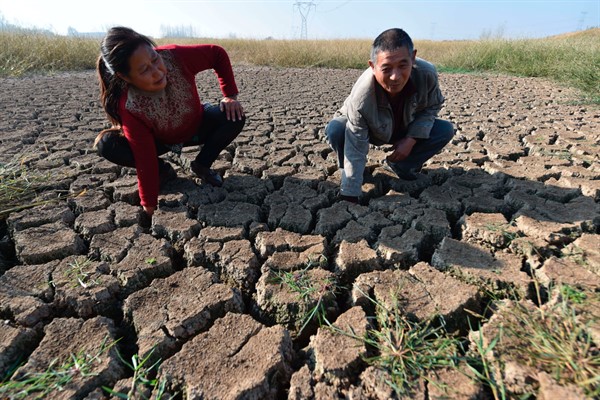This month’s harrowing report from the Intergovernmental Panel on Climate Change has particularly disquieting implications for the world’s poor. Global warming and associated biodiversity loss will hinder progress toward each of the Sustainable Development Goals, or SDGs, a set of 17 internationally agreed objectives for advancing global prosperity, social welfare and environmental conservation through the end of the decade. COVID-19 has already dealt these aspirations a massive blow. But these pandemic setbacks pale in comparison to the long-term challenges that climate change presents for meeting and exceeding basic human needs, and placing developing countries on the path toward sustained—and sustainable—growth.
United Nations member states unanimously endorsed the SDGs in 2015. Unlike the Millennium Development Goals that preceded them, they offer a balanced vision of development resting on three interdependent pillars: economic, social and ecological. They are not modest. Among other ambitions, they envision eliminating poverty (SDG 1) and ending hunger (SDG 2) everywhere in the world by 2030—objectives that seem implausible. They are accompanied by a whopping 169 individual targets, to be assessed according to a sprawling list of 247 indicators. Despite these weaknesses, the SDGs have symbolic and substantive value as a banner and organizing framework around which a diverse range of global actors can rally.
They are, however, in deep trouble. Sustainable development has been among the biggest casualties of COVID-19. Beyond its immediate health effects, COVID-19 has doubled the number of people confronting extreme hunger to 270 million, increased levels of extreme poverty for the first time since 1997, eliminated approximately 245 million jobs, and set back gender equality.

